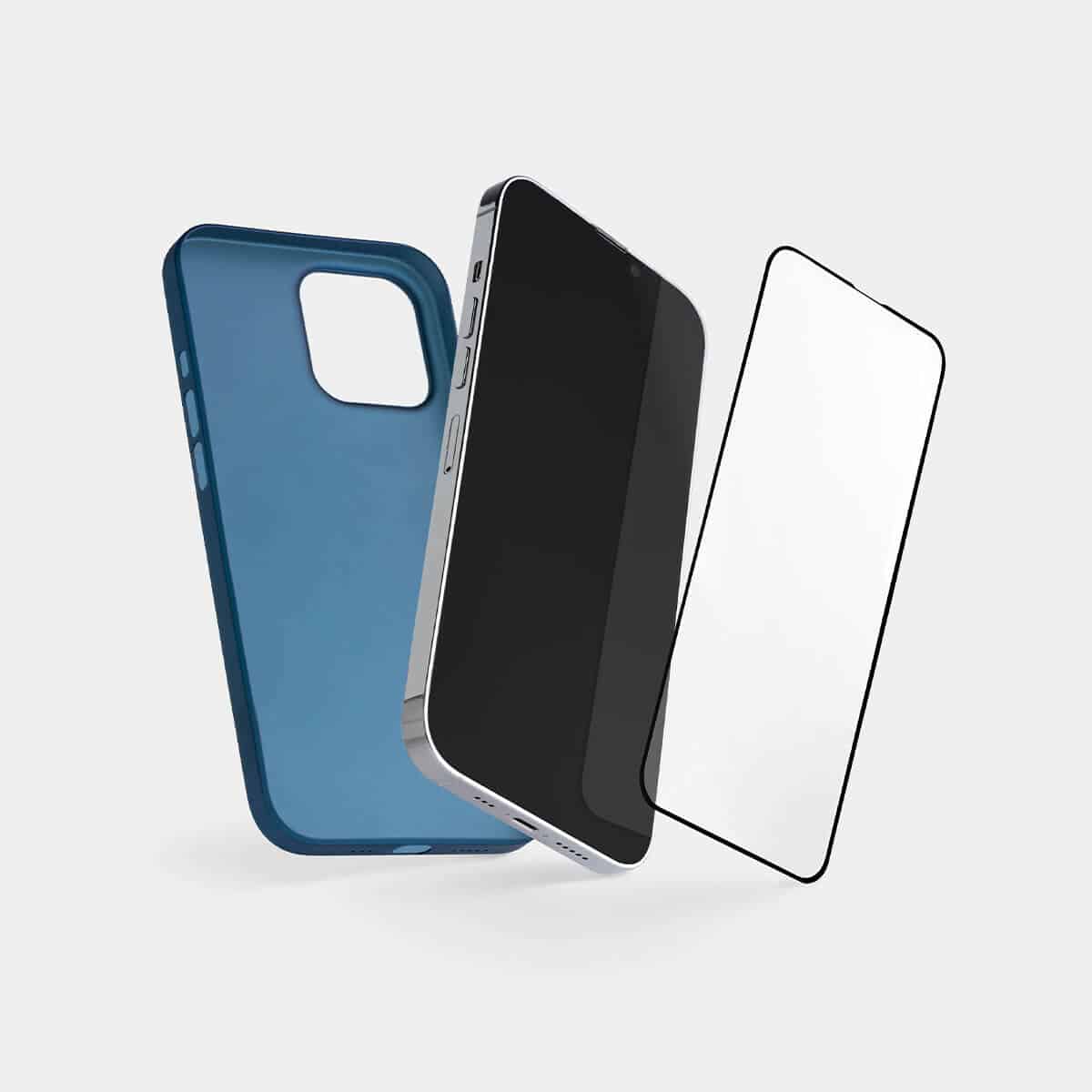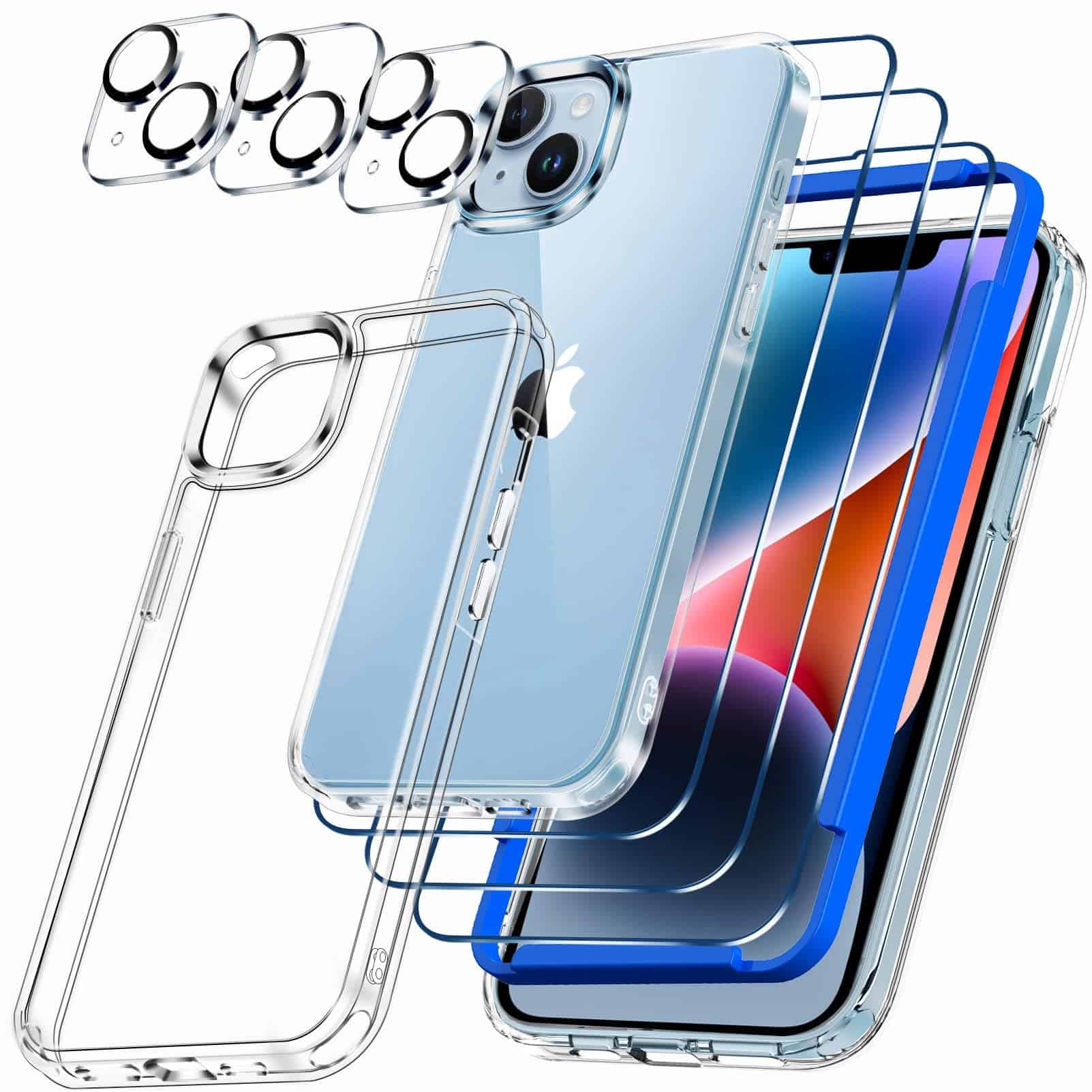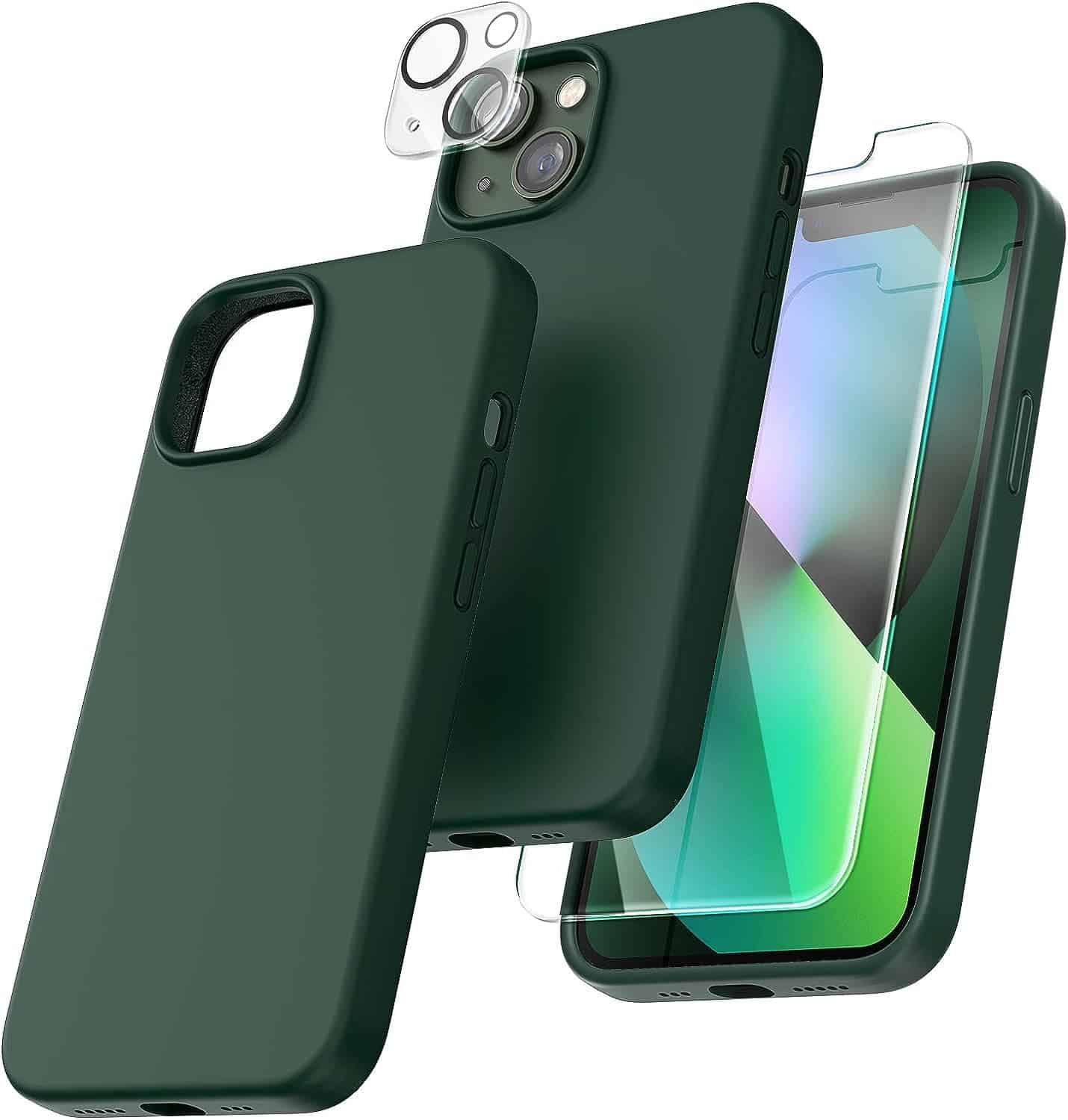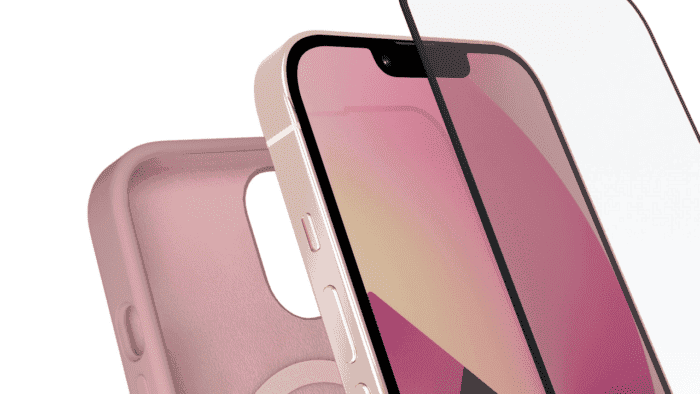In today’s digital age, our smartphones have become indispensable tools, serving as our primary means of communication, connection, and entertainment. Protecting these valuable devices is crucial, especially given the frequent use and potential for accidental damage. Investing in a high-quality mobile phone case and screen protector is an essential step in safeguarding your investment.
Guide to Choosing the Right Mobile Phone Case and Screen Protector

Types of Mobile Phone Cases
There are many different types of mobile phone cases available, each with its own advantages and disadvantages. Here are some of the most common types:
-
Hard cases: These cases are made of a hard material, such as polycarbonate or plastic. They provide the best protection against drops and impacts.
-
Soft cases: These cases are made of a soft material, such as silicone or TPU. They are easy to put on and take off, and they provide moderate protection against scratches and bumps.
-
Wallet cases: These cases have a flap that covers the screen and the back of the phone. They also have pockets for cards and cash.
-
Flip cases: These cases open and close like a book. They protect the screen and the back of the phone, and they can also be used as a stand.
How to Choose the Right Mobile Phone Case
Here are some factors to consider when choosing a mobile phone case:
-
Protection Level: Assess your lifestyle and the potential risks your phone faces. If you are prone to dropping your phone, opt for a sturdy hard case made from durable materials like polycarbonate or TPU. For everyday use, a soft silicone or TPU case offers adequate protection against minor bumps and scratches.
-
Design and Style: Express your personal style with a case that reflects your taste. From sleek minimalist designs to vibrant patterns, there’s a case to suit every preference. Consider cases with built-in features like kickstands for hands-free viewing or wallets for convenient card storage.
-
Cost: Mobile phone cases range in price from budget-friendly options to premium designer cases. Determine your budget and select a case that provides the best value for your needs.
Types of Screen Protectors
There are two main types of screen protectors:
-
Plastic screen protectors: These screen protectors are thin and flexible. They are easy to apply and remove, and they provide basic protection against scratches.
-
Tempered glass screen protectors: These screen protectors are thicker and harder than plastic screen protectors. They are more difficult to apply, but they provide better protection against scratches, cracks, and impacts.
How to Choose the Right Screen Protector
Here are some factors to consider when choosing a screen protector:
- Protection: What type of protection do you need? If you are concerned about scratches, a plastic screen protector will be sufficient. If you are more concerned about cracks and impacts, a tempered glass screen protector is a better choice.
- Clarity: Do you want a screen protector that is clear or has a matte finish? A clear screen protector will not affect the clarity of your screen, but it will not hide scratches as well. A matte finish screen protector will hide scratches, but it will make your screen look slightly darker.
- Ease of application: Do you want a screen protector that is easy to apply? Some screen protectors are easier to apply than others. You may want to choose a screen protector that comes with a self-application kit.

Tips for Applying a Screen Protector
Here are some tips for applying a screen protector:
- Clean your screen: Before you apply the screen protector, make sure your screen is clean and free of dust and dirt.
- Use a lint-free cloth: Use a lint-free cloth to clean your screen. Avoid using paper towels, as they can leave lint behind.
- Use a squeegee: Use a squeegee to remove any air bubbles that get trapped under the screen protector.
- Be patient: Take your time when applying the screen protector. If you rush, you may end up with a crooked screen protector.
Additional Tips for Optimal Protection
-
Regular Cleaning: Clean your phone case and screen protector regularly to remove dirt and debris that can cause scratches or wear.
-
Avoid Extreme Conditions: Protect your phone from extreme temperatures, direct sunlight, and excessive moisture to prolong its lifespan.
-
Handle with Care: Treat your phone with care, avoiding rough handling or excessive force.
-
Consider Insurance: For added peace of mind, consider purchasing phone insurance to cover accidental damage or theft.
Mobile Phone Case Tips
1. Consider Your Lifestyle: If you’re an active person who frequently drops their phone, opt for a rugged case with shock absorption and drop protection. For a more minimalist approach, a slim and lightweight case might be more suitable.
2. Prioritize Grip and Texture: Choose a case with a textured or grippy surface to prevent accidental drops. Avoid cases that are too smooth or slippery.
3. Check Compatibility: Ensure the case you choose is specifically designed for your phone model. Double-check the cutouts for ports, buttons, and cameras to ensure precise alignment.
4. Consider Wireless Charging: If you use wireless charging, choose a case that is compatible with this feature. Some cases may interfere with wireless charging signals.
5. Read Reviews and Research Brands: Before purchasing, read reviews and research reputable brands to find a case that offers quality and durability.
Screen Protector Tips
1. Choose the Right Material: Opt for tempered glass screen protectors for superior scratch and impact resistance. Plastic screen protectors offer basic scratch protection but are less durable.
2. Consider Clarity: Clear screen protectors maintain the original screen clarity, while matte finish protectors reduce glare and enhance privacy.
3. Ease of Application: Self-application kits are convenient, but wet application methods offer more precise placement.
4. Check for Edge-to-Edge Coverage: Ensure the screen protector covers the entire screen, including the curved edges, for complete protection.
5. Consider Additional Features: Some screen protectors offer features like anti-fingerprint coatings and self-healing properties.
General Tips
1. Regular Cleaning: Regularly clean your phone case and screen protector to remove dirt, debris, and fingerprints.
2. Avoid Extreme Conditions: Protect your phone from extreme temperatures, direct sunlight, and excessive moisture to prolong the life of your case and screen protector.
3. Handle with Care: Treat your phone with care, avoiding rough handling or excessive force to minimize the risk of damage.
4. Consider Phone Insurance: For added peace of mind, consider purchasing phone insurance to cover accidental damage or theft.

Is it a good idea to invest in an insurance for your phone
Whether or not it is a good idea to invest in phone insurance depends on a number of factors, including the cost of your phone, your likelihood of damaging your phone, and your risk tolerance.
Here is a table summarizing the pros and cons of phone insurance:
| Pros | Cons |
|---|---|
| Can protect you from the financial burden of a damaged or lost phone | Can be expensive, especially for high-end phones |
| Can provide peace of mind | May not cover all types of damage or loss |
| May offer additional benefits, such as roadside assistance or identity theft protection | May require you to pay a deductible if you make a claim |
Ultimately, the decision of whether or not to get phone insurance is a personal one. If you are concerned about the cost of repairing or replacing your phone if it is damaged or lost, then phone insurance may be a good investment for you. However, if you are on a tight budget or you are not prone to damaging your phone, then you may want to consider going without insurance.
Here are some additional factors to consider when making your decision:
- The cost of your phone: If you have an expensive phone, then the cost of repairing or replacing it out of pocket could be significant. In this case, phone insurance may be worth the investment.
- Your likelihood of damaging your phone: If you are clumsy or you tend to drop your phone, then you are more likely to damage it. In this case, phone insurance may be a good idea.
- Your risk tolerance: If you are risk-averse, then you may be more likely to purchase phone insurance, even if the cost of repairing or replacing your phone out of pocket is not that high.
Here are some additional tips for saving money on phone insurance:
- Compare rates from different providers: There are a number of different phone insurance providers, so it is important to compare rates before you buy.
- Consider a deductible: A deductible is the amount of money you will have to pay out of pocket if you make a claim. A higher deductible will lower your monthly premiums, but it will also mean that you will have to pay more if you make a claim.
- Bundle your insurance: If you have other insurance policies, such as car insurance or homeowners insurance, you may be able to get a discount on your phone insurance by bundling your policies together.
Conclusion
Choosing the right mobile phone case and screen protector can help protect your phone from damage and extend its lifespan. When choosing a case, consider the type of protection you need, the design, and the cost. When choosing a screen protector, consider the type of protection you need, the clarity, and the ease of application.





